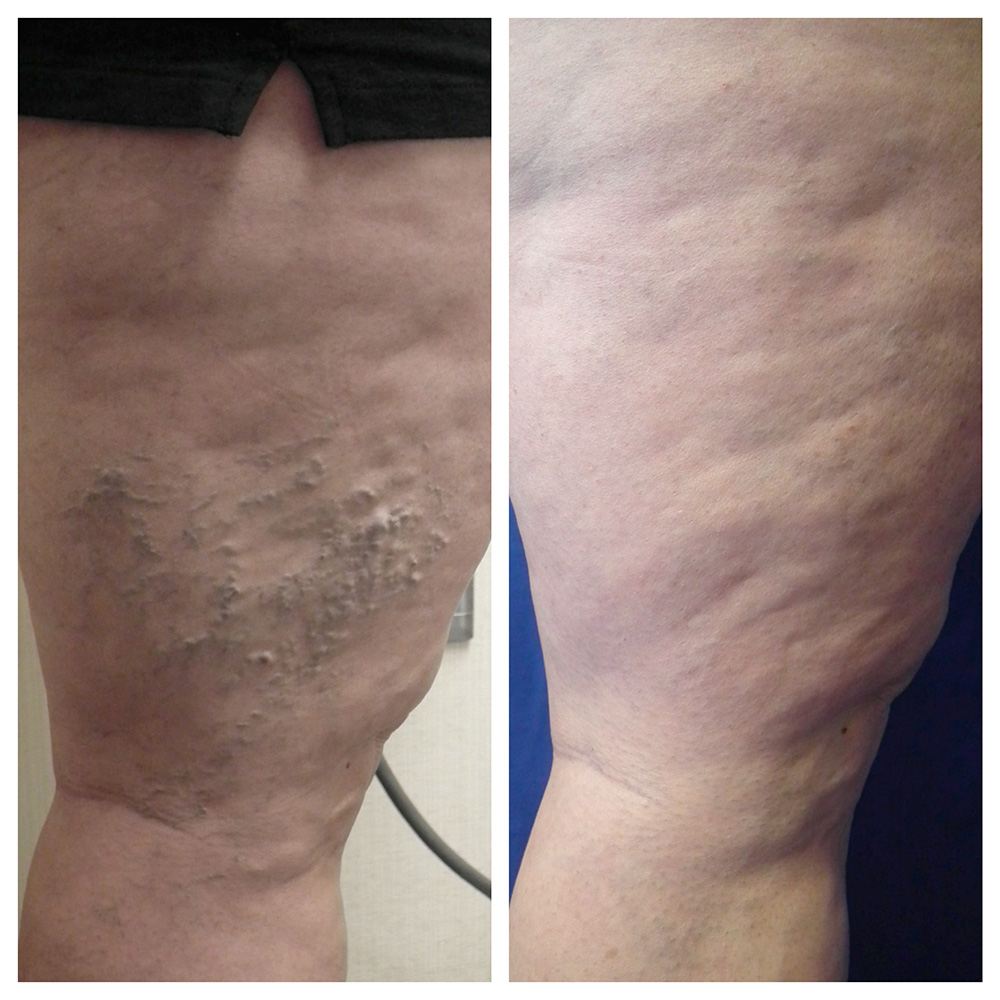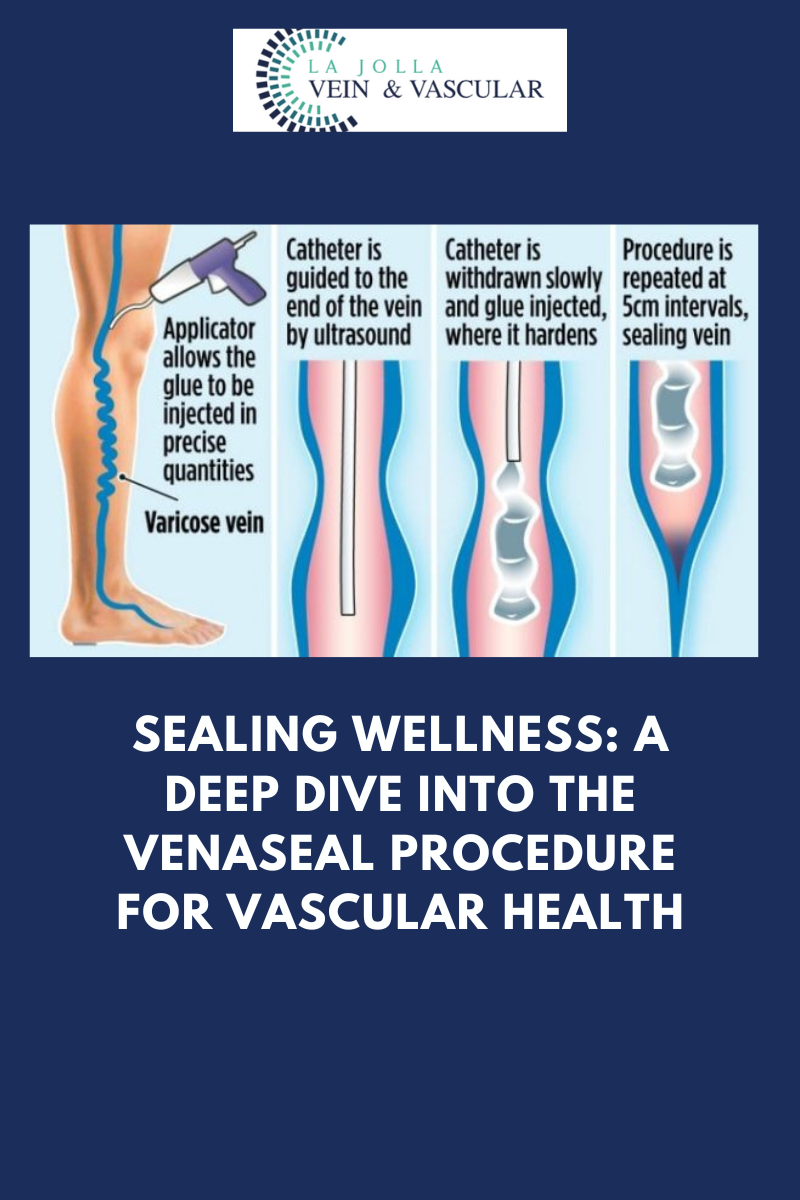Foam Treatment of Venous Malformations

Venous malformation of the lateral leg before treatment. Venous malformations appear like abnormally dilated bluish vessels near the surface of the skin. They appear in clusters and look different than typical varicose veins. They often appear during childhood, as opposed to varicose veins.
Venous malformations comprise either superficial or deep veins that are abnormally formed and dilated. Although they usually are present at birth, they may not be seen until years later into adolescence or even adulthood. The natural history of a venous malformation is slow, steady enlargement. However, events such as surgery, trauma, infection, or hormonal changes associated with puberty, pregnancy or menopause may cause rapid expansion.
At La Jolla Vein Care, we frequently evaluate and treat superficial venous malformations of the legs. Prior to treatment, it is important to have thorough diagnostic imaging, such as an ultrasound examination to ensure an accurate diagnosis of a pure venous malformation. If an arterial connection (arterial venous malformation) is suspected on ultrasound evaluation, further imaging with CT or MR arteriogram may be necessary. Venous malformations can also occur in other syndromes, such as Klippel -Trenaunay syndrome and may involve the abnormal development of the deep veins.
Pure venous malformations can be treated without surgery. Foam sclerotherapy is a common treatment type. Foam sclerotherapy uses a technique to inject a foamed sclerosing solution into the cluster of varicose veins, which will cause them to collapse and eventually dissolve.






